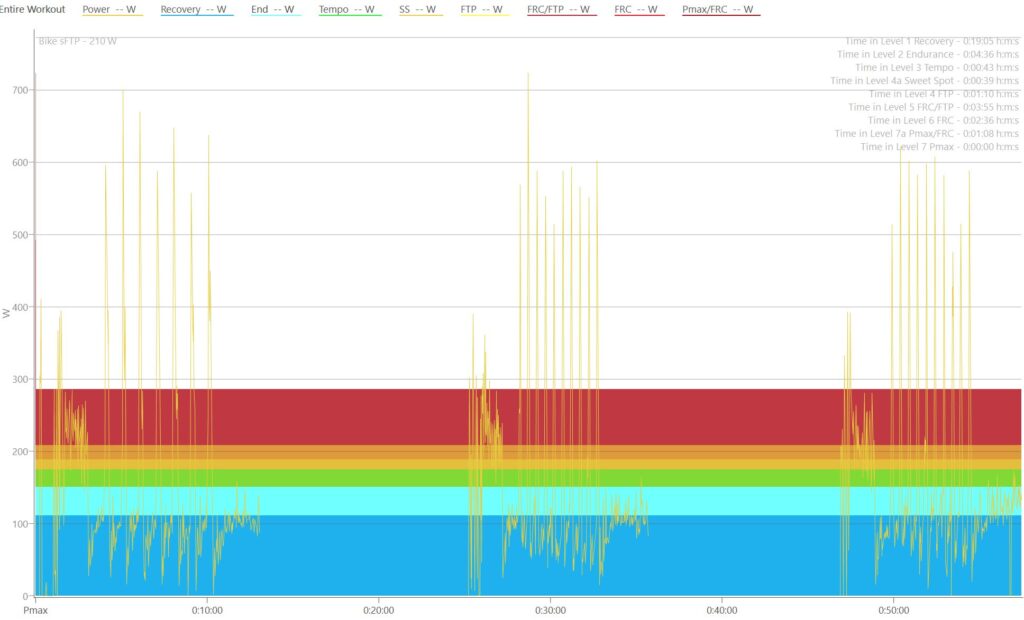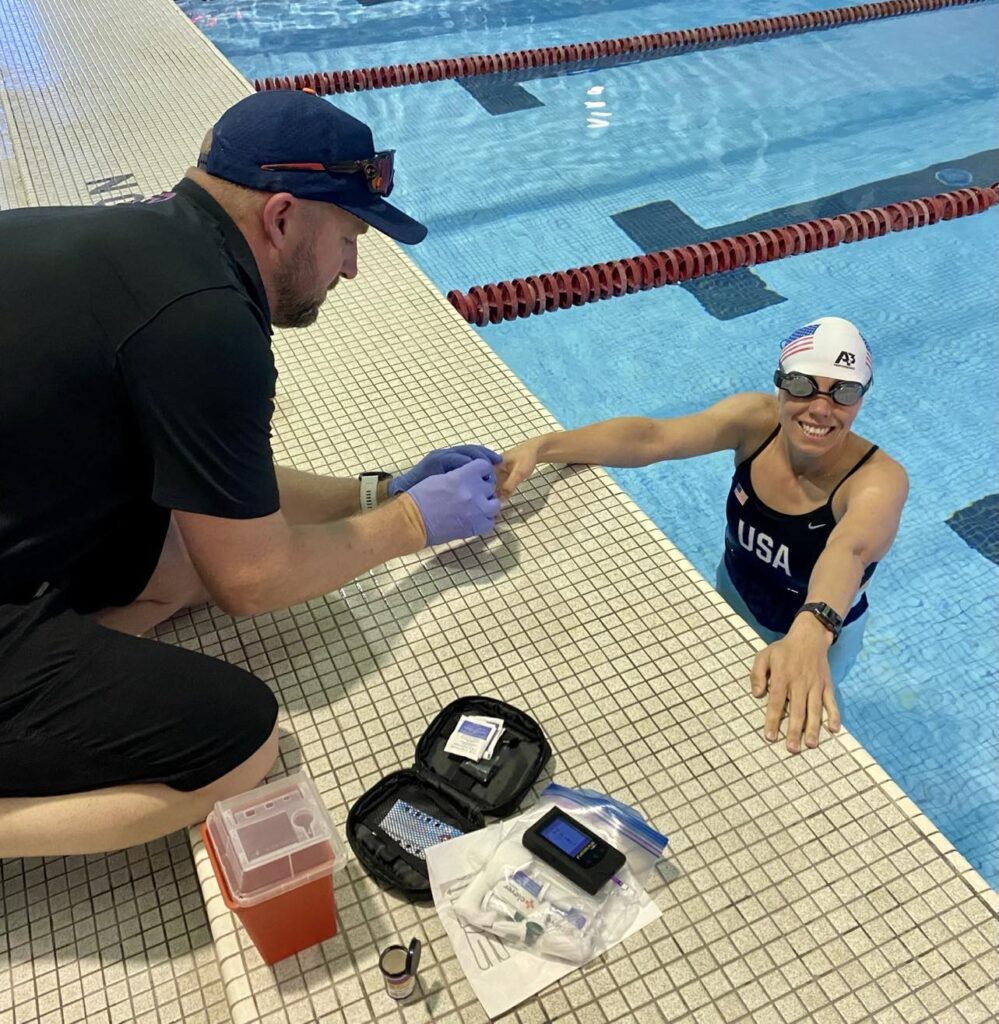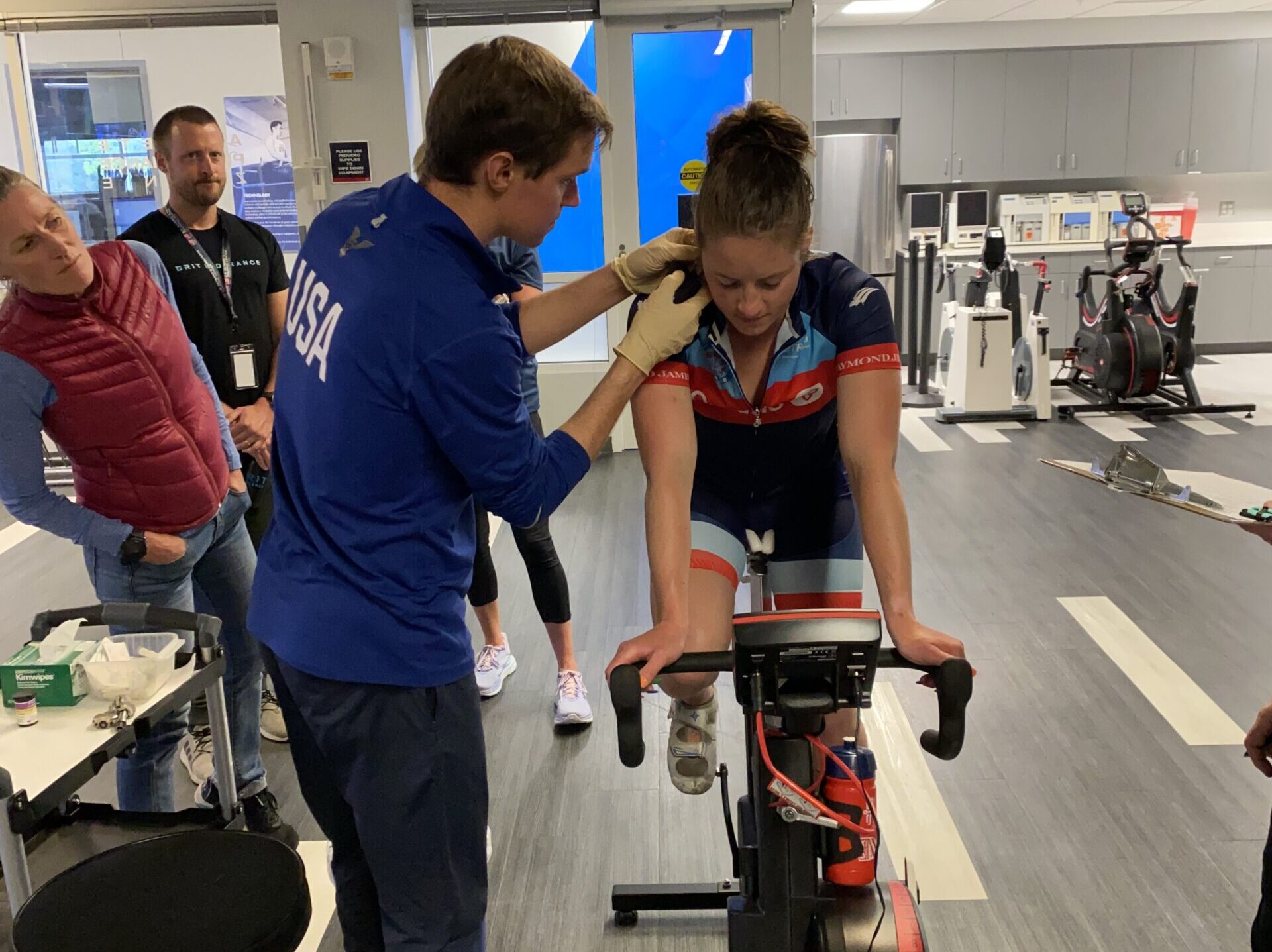In the world of endurance sports, where athletes push their bodies to the limits of human capacity, the concept of training zones reigns supreme. But have you ever wondered about the origins of these zones? Picture this: a journey through time, from ancient Olympic training regimens to modern sports science labs, each step unveiling the evolution of training zones and their pivotal role in athletic performance.
History of Zones begins thousands of years ago, where ancient Greek athletes carefully crafted their training routines to prepare for the prestigious Olympic Games. While they lacked the sophisticated technology of today, these athletes intuitively understood the importance of varying intensities in their training. They may not have labeled them as “zones,” but the essence of the concept was there – different efforts for different goals.
Fast forward to the modern era, and you’ll find a myriad of training philosophies, each with its own interpretation of training zones. Why the discrepancy? The answer lies in the complexity of human physiology and the diverse approaches coaches take in interpreting and applying scientific research. What works for one athlete may not yield the same results for another. Hence, the artistry of coaching emerges, as coaches tailor training zones to individual needs, goals, and responses.

Now, let’s delve into the heart of the matter – the connection between training zones, heart rate (HR), and physiology. At the core of this relationship is the lactate threshold – the point at which lactate production exceeds clearance, signaling a shift to anaerobic metabolism. Training zones are essentially defined by the intensity relative to this threshold, offering a framework for optimizing adaptations in aerobic and anaerobic energy systems.
So, what do these zones look like? Broadly speaking, my normal zones range from 1 (easy effort) to 6 (maximum effort), each serving a distinct purpose in enhancing different aspects of endurance performance. However, as Endurance Sports become shorter and faster, I have begun using more zones in order to accurately represent the anaerobic end of the spectrum. Zone 2, for instance, targets aerobic development, while Zone 4 hones anaerobic capacity. While instead of just using 2 zones now for the Anaerobic system I now use 3. The underlying physiology hasn’t changed but this just allows me to set the intensity more effectively for my athletes, with better results. By strategically navigating through these zones, athletes can systematically challenge their bodies, fostering physiological adaptations that translate into improved performance.
Now comes the crucial question – how can athletes leverage training zones to maximize their training? The key lies in understanding your own physiology and setting personalized training zones based on accurate assessments of lactate threshold, HR zones, and perceived exertion. Armed with this knowledge, athletes can design training plans that strike the perfect balance between intensity and recovery, ensuring steady progress without risking burnout or injury. It is for this reason that we incorporate VO2 testing and Lactate testing into all our performance training programs. If you don’t know what is happening on the inside, you will never effectively train and athlete on the outside.

If you would like to understand endurance training in more depth please subscribe to our newsletter for exclusive insights, expert tips, and personalized guidance on mastering training. Join our community of dedicated athletes and coaches committed to increasing the understanding of endurance training.
As we conclude our discussion of the history of zones, science, and application of zones relative to physiology, remember this – they are not just arbitrary divisions of effort but rather windows into the intricate workings of the human body. Embrace the nuances, experiment with different approaches, and above all, listen to your body.

